Hellbeing or Wellbeing
Date: 2016
"In the next four decades all of the world’s population growth is expected to take place in urban areas" *
At Green Sky Thinking Week 2016, Mæ organised an event titled Hellbeing or Wellbeing – Living with density with the aim of exploring ideas of urbanism, density and quality of life. We assembled a diverse panel of architects, academics and sustainability professionals, and asked them the question: Can good place making and quality of life be compatible with high density cities?
Panellists debated the opportunities for wellbeing when designing new dense urban environments, as well as dealing with the problems of existing ones.
*UN-DESA Population Distribution, Urbanization, Internal Migration and Development: An International Perspective. 378 (New York, 2011)
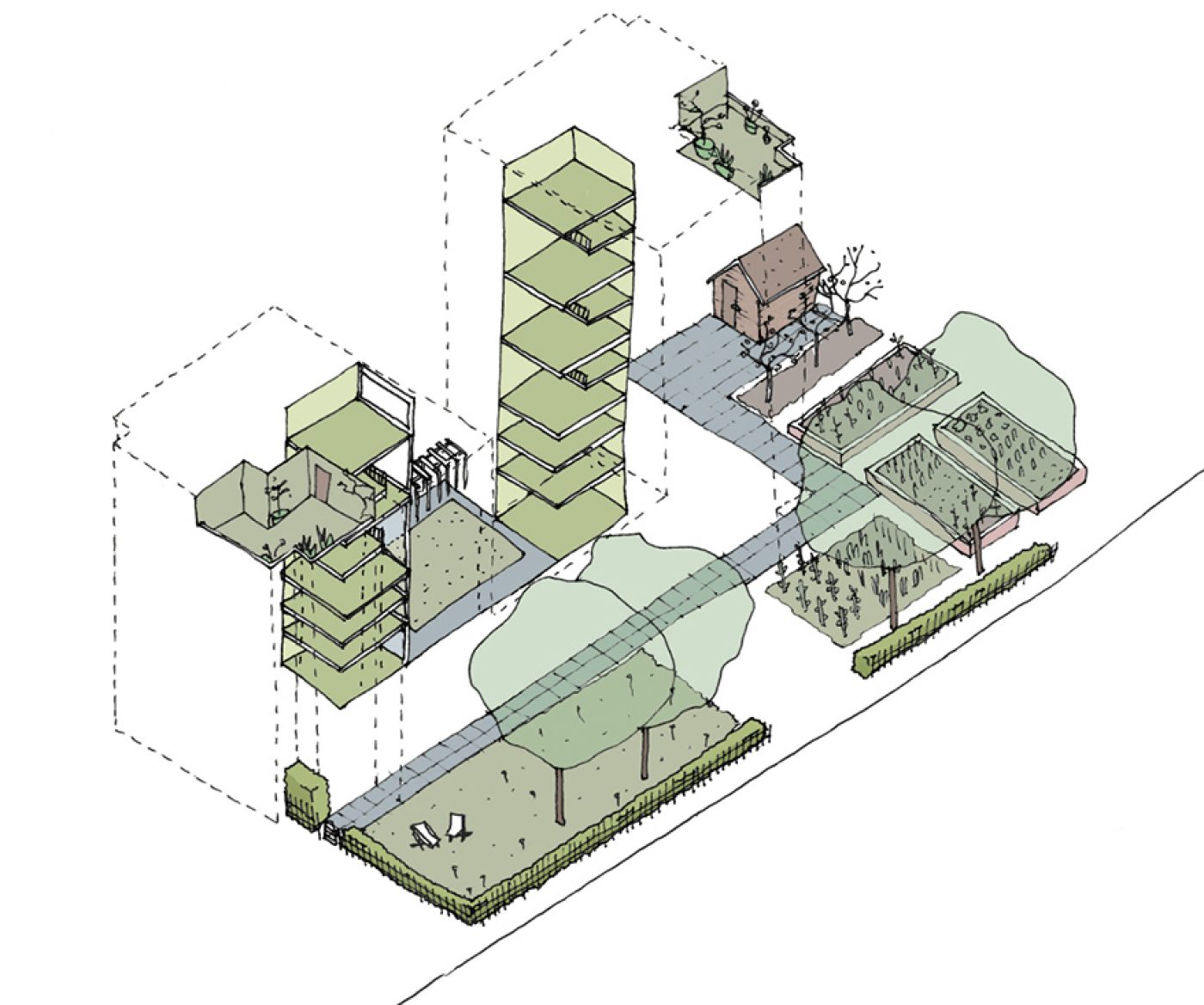
Oliver Bulleid discussed various models for addressing the UK’s current housing delivery shortfall, through appealing for carefully managed mid and high density approach to our cities. By drawing a comparison between urban design and crowds he advocated leaving some looseness or ‘elbow room’ for interaction and exchange. He described a range of approaches, Mæ’s MyHouse project is a custom build scheme which uses a high quality prefabricated system that buyers can adapt to their individual needs, as well as adapting them over time if their needs change.
Somerleyton Road is an inner city scheme where elderly housing is integrated into a wider housing scheme, and has a range of communal green spaces at its heart, where residents can meet and socialise. Building threshold spaces such as public entrances, windows and balconies overlooking communal space are carefully positioned. Such schemes could help meet our need for housing at a mid to high density scale.
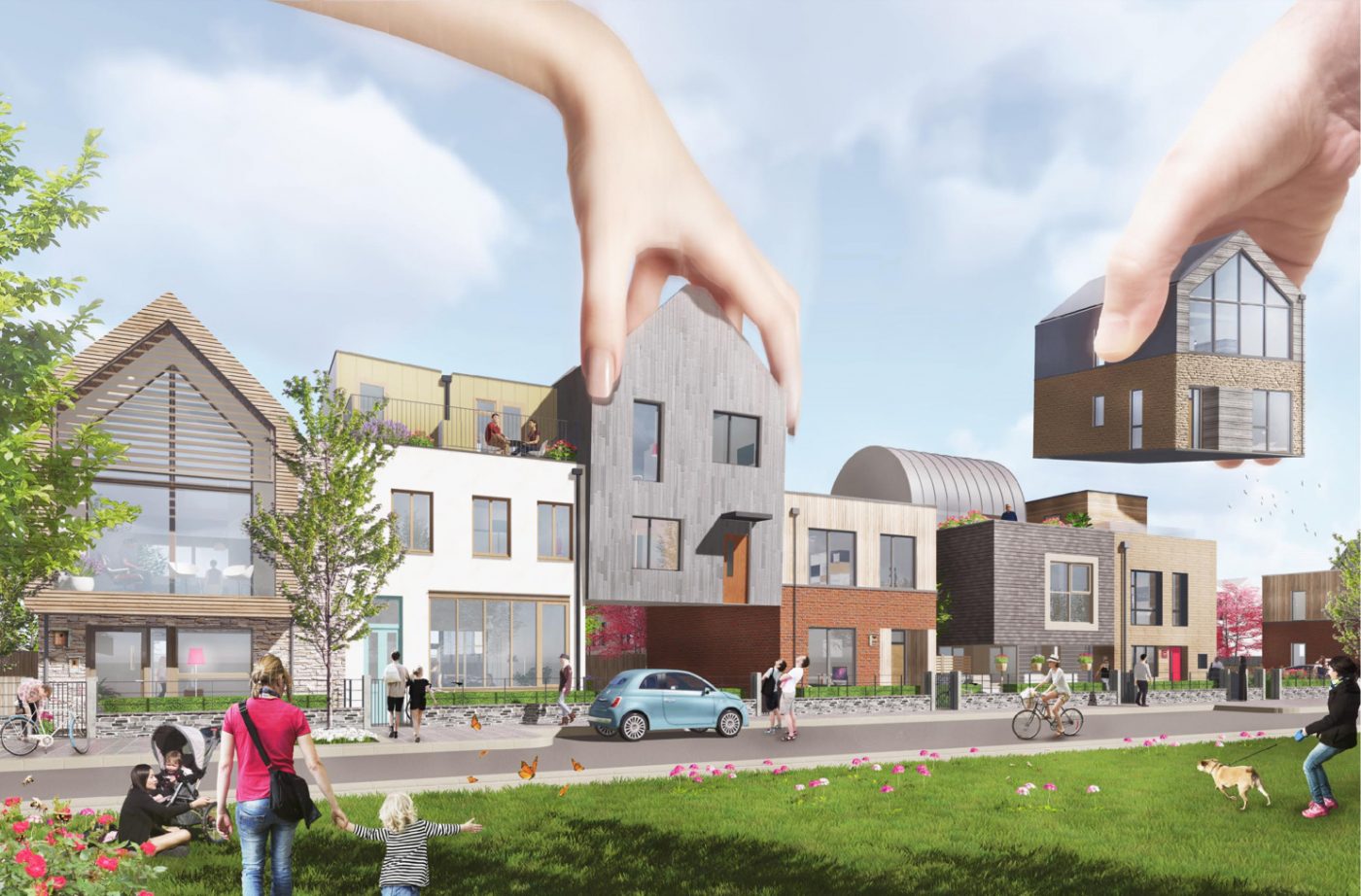
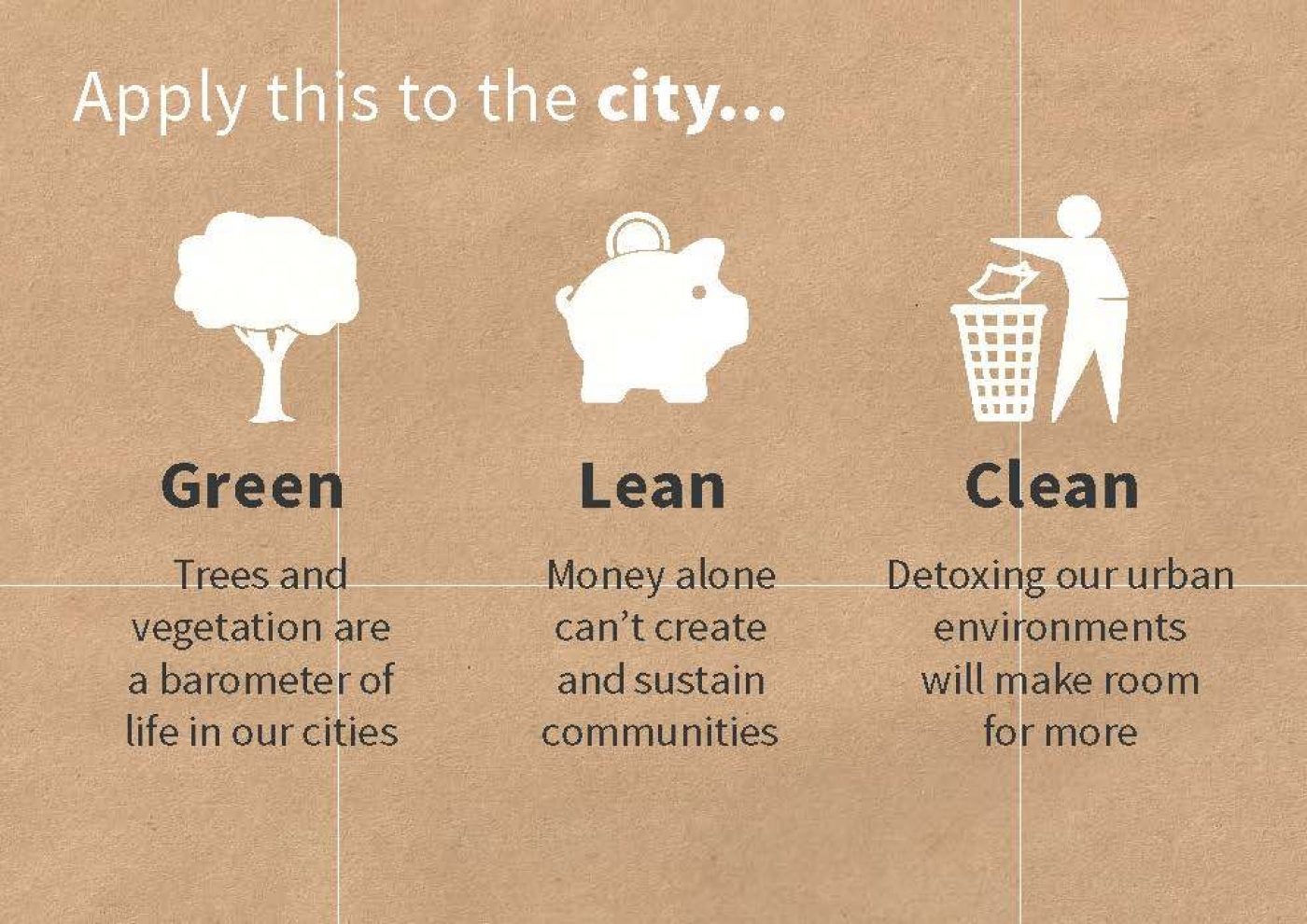
Ed Lister advocated de-cluttering our urban realm in order that we might create flexible places where communities can adopt urban spaces, encouraging ownership, stewardship and pride, he also demonstrated that there is a direct correlation between the sustained health of our city trees and vegetation and the health and longevity of our city inhabitants. He advocated a Green, Lean, and Clean approach:
– Green: Trees and ecology can enhance our emotional and physical wellbeing, reduce urban heat island effect and improve biodiversity and air quality
– Lean: Modest, durable and flexible interventions in large, potentially gentrified schemes can lead to community stewardship and adoption
– Clean: Decluttering our urban fabric makes for more flexible and walk-able places, keeping them efficient will allow for sustainable growth of our cities.
Claire McAndrew discussed the rise of ‘non-places’ - functional spaces such as motorways, shopping malls or train stations, with little cue for interaction. Contrast this with place, which is space that creates opportunities for social connections.
While place contributes to wellbeing, non- place arguably detracts from it. Herman Herzberger describes that the design of spaces can enable activities based on human interaction and social connections, which promotes wellbeing. In her project sPins, a interactive sculptures were placed into Euston Square Gardens, which invited interaction with sculptures as well as other people, this explored the idea that a non-place could be turned into a place for social interaction through small, playful interventions, thereby promoting wellbeing in civic space.
Henry Pelly set out key issues where there is evidence that design can influence wellbeing, these included privacy, nature, comfort, and the legibility of space. He also discussed that we can have too much of a good thing, and that there comes a tipping point where quality of life falls with over-consumption, for example life expectancy tends to rise with national GDP per capita, but then falls again once a tipping point is passed.
Alex Whilley discussed how the idea of a happiness quotient as a means of gauging how sustainable communities are in order to build and maintain sustainable places to live.
She is interested in how good placemaking can contribute to de-carbonisation, and led on Affinity Sutton’s FutureFit program, which worked with residents delivering combinations of low carbon refurbishment works and energy lifestyle advice, which has helped them formulate a policy to provide energy efficiency to existing homes, understanding what savings can actually be achieved for different levels of investment.
Affinity Sutton wish to ensure that they provide thriving and sustainable communities for residents, and that investment is carried out according to a well-formulated policy on energy efficiency in existing homes. Evidence presented quantified wellbeing by revealing how culture and sport make people as happy as being given a £1,600 pay rise.
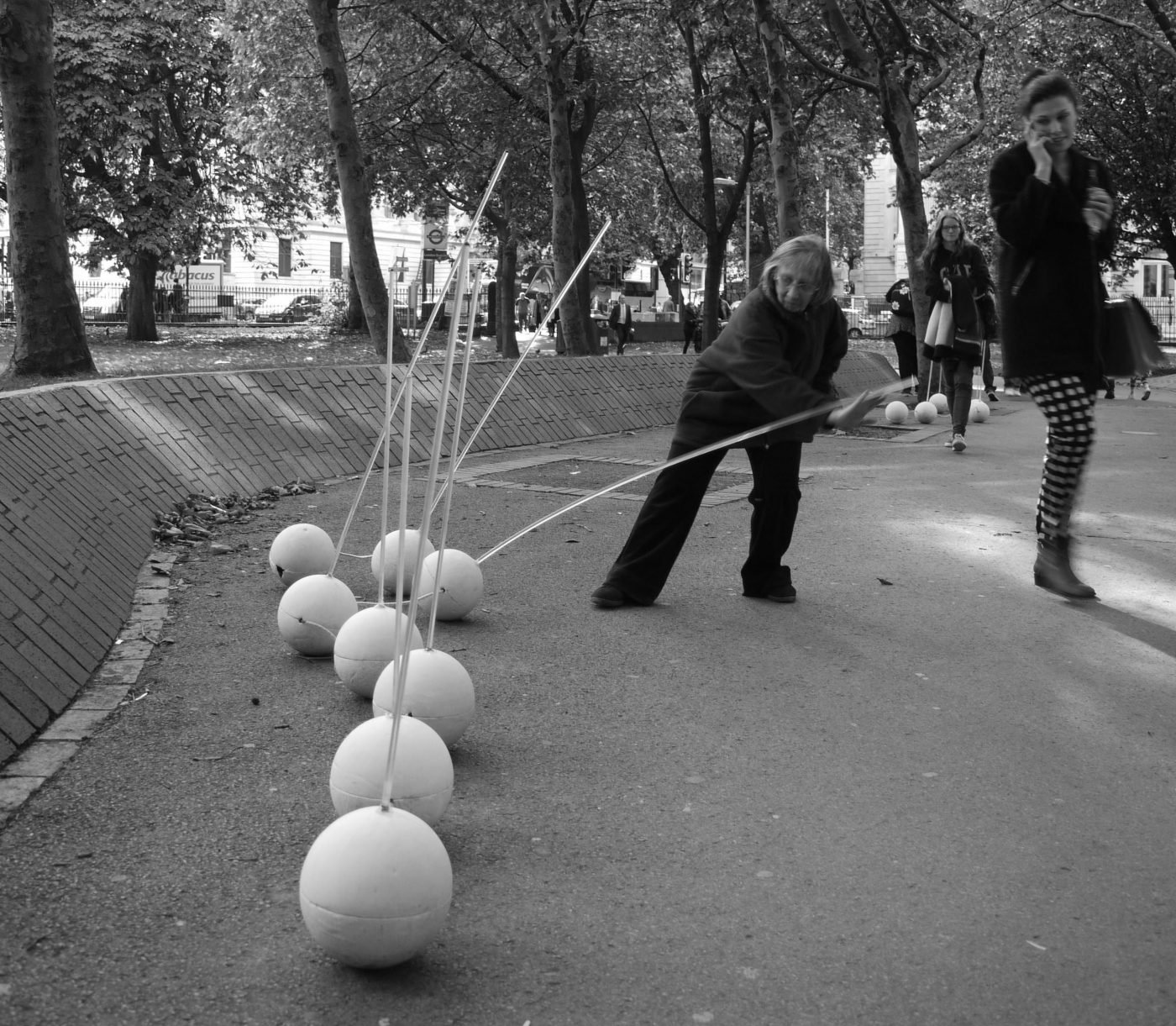
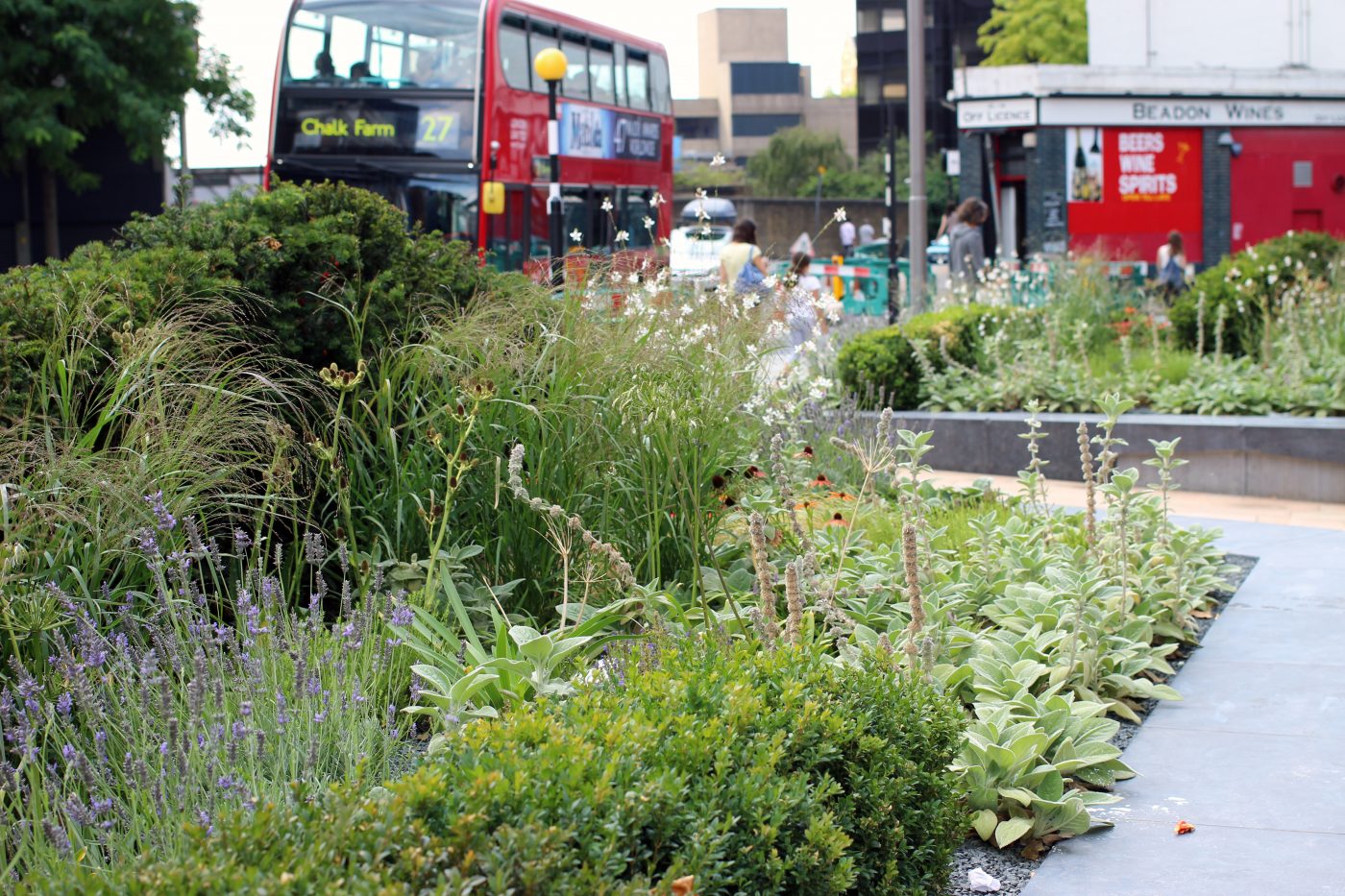
Conclusion
As architects we have a wider responsibility to design cities that provide socially inclusive, healthy environments that promote people’s wellbeing, and work to avoid congested, polluted non-places that suffer from high crime rates and isolation.
There is substantial shortfall in the number of new homes built every year, and a predicted rise in urban population growth. We must make physical space for interaction with nature and other people within the design of dense urban schemes which have the potential to meet the housing shortfall and avoid suburban sprawl.
Space for ecology and social interaction can be provided at a range of scales in buildings and in the landscape, and this can have a significant impact on city dwellers wellbeing; providing room for exchange of ideas, chance encounters, social inclusion and creativity. Carefully considered interventions can promote wellbeing in existing as well as proposed public spaces.
We want to provide successful, dense urban environments which promote wellbeing, social and environmental sustainability, and there are challenges as well as opportunities when doing so. We look forward to continuing this debate in future talks and events and in our practice.
Should you wish to hear about Mæ’s upcoming talks or to simply get in touch, subscribe to our newsletter here or follow us on twitter @maearchitects